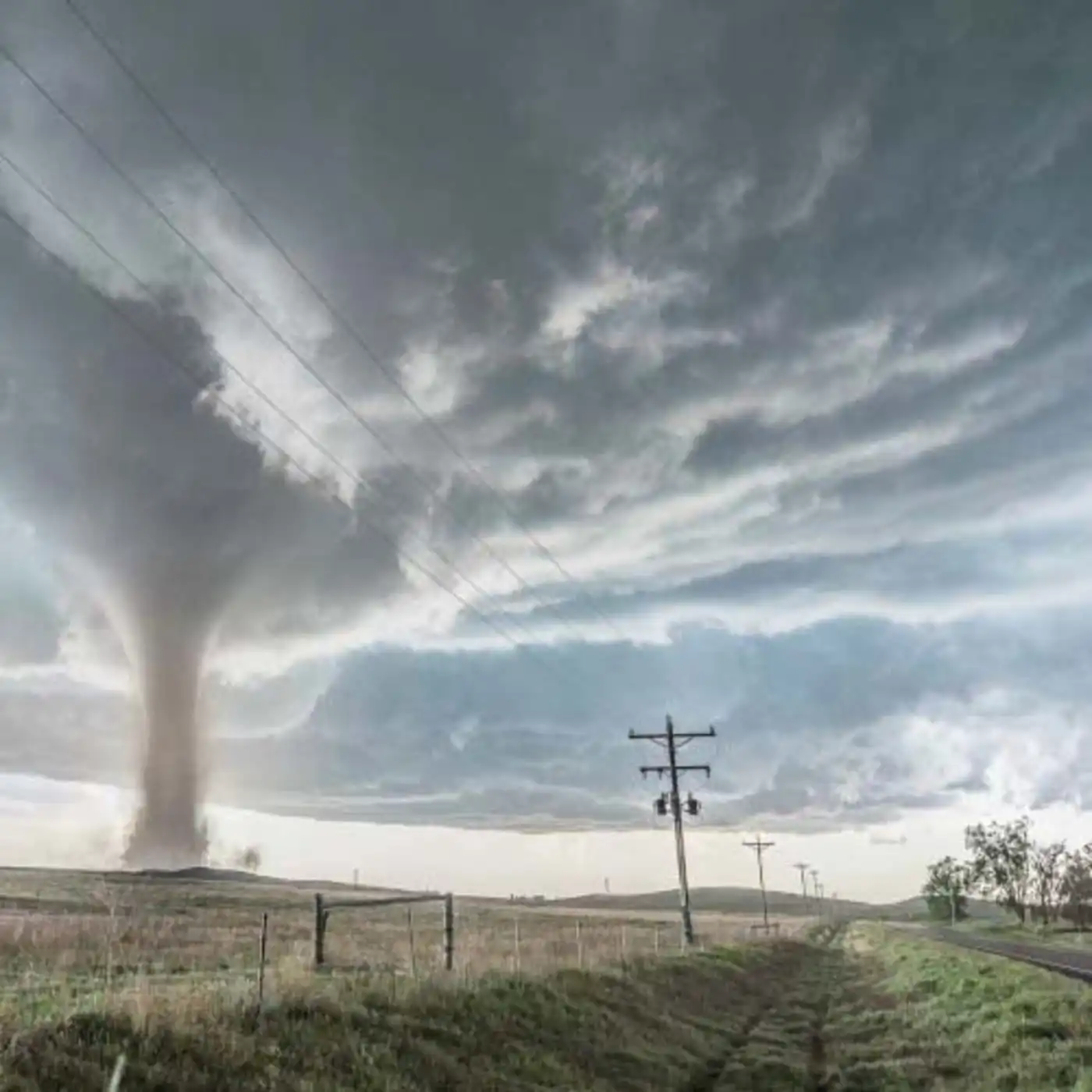Utility operators: You can’t predict the future, but you can prepare for it
31 JAN 2022
What a frightening wildfire season it was in the northern hemisphere this year! Turkey, Greece, Italy, Spain, Russia, Canada and the US all suffered devastating fires, some burned out of control for many weeks, causing extensive damage and claiming lives. And when power lines and mast s go down in a fire, so too do many of the communication networks that are so essential for a well-managed crisis response.
In our newly-released white paper Unpredictability is the new normal, we examine the pros and cons of available technologies and their capacity for maintaining communications during threats such as extreme weather, terrorism, cyber attacks and natural disasters.
In such situations, would you be able to protect your people, your infrastructure and the wider community? Don’t ask that question on the day you need the answer to be “yes”. Ask it now as you read on.
When connectivity systems fail, around two thirds of utilities would likely go offline – and we know that power outages related to climate change have increased tenfold during the last 28 years. The ability to react fast to a power outage is crucial. However, only 22% of the utility companies have deployed a secure, hybrid and robust re-closer solution and only 13% are planning to implement the solution next year.
It’s not just your people and your infrastructure at stake. Power outages have crucial knock-on effects for firefighters, rescue and ambulance services, law enforcement agencies and civil defense personnel. If they can’t communicate, their operational effectiveness plunges dramatically.
Poor communications will also hinder your efforts to rectify an unplanned outage with the potential for disastrous financial and reputational consequences. During one power outage in Australasia, for example, a third of the companies affected lost close to half a million dollars, another third lost much more. Utility operators certainly have to deal with the loss of revenue an outage causes, but they may also have to deal with regulatory fines, customer compensation schemes, insurance claims and compensation demands. In many cases, such indirect, punitive costs can quickly outstrip the direct costs.
Additionally, in many countries, utility operators now face a significant new mindset about their overall role in society. As well as being custodians of a resilient and affordable power supply, they now need to meet the challenges of decarbonisation, working towards climate targets that will involve shifting away from fossil fuels.
They need to embrace smart systems that can manage new energy sources and more complex storage and distribution networks. This creates new risk profiles and therefore new challenges for communication networks.
Internet of things (IoT) technologies offer many solutions, and utility companies are expected to save $157 billion in costs by 2035 just from implementing smart meters. However, over half are struggling with inconsistent secure connectivity which will reduce these savings.
Ensuring you have resilient communication capabilities involves making decisions that range far beyond technical specifications, hardware considerations and pricing. There is no single solution that works for everyone. You must consider the physical environment and the geopolitical one. You must consider your existing systems and the capital expense of updating them, and you must understand the benefits and limits of the various technologies on offer.
Take commercially available 3G/4G/5G and LTE cellular networks for example. They are relatively simple and proven digital solutions that most people are comfortable with. They can be used for voice or data, and they work almost anywhere in the world. However, they often get overwhelmed by many users in times of crisis. They are usually incompatible with radio communication systems, and they are vulnerable to ransomware and spyware attacks and industrial espionage.
Satellite networks are another option. They are always available and very reliable. However, signals can get blocked if users are underground or inside buildings. They are quickly scalable at relatively limited cost, and many satellite operators now provide flat-rate airtime packages that ensure fixed costs. Satellite communications systems are often incorrectly perceived as complicated and expensive to use, although there can be problems with getting contractually and technically locked into services provided by a specific satellite service provider.
In this very complex and fast-moving technological landscape, ensuring you select solutions that combine to deliver the most comprehensive coverage capabilities is key - saving lives, time and money. Interoperability, the ability for different systems to operate in conjunction with one another, is critical. So is selecting proprietary solutions which avoid blackspots by giving you complete control of your communications network. For example, technologies with new improved data sending capabilities facilitate new wireless hotspots that can be enabled in an emergency and even when powerlines are down. It can also assist in the fight back against new crime trends, such as theft of the raw copper that’s ubiquitous to many power lines.
We discuss more considerations in the white paper. Remember, we are here to help you achieve your goals. Cobham provides dependable communications and internet access anywhere, under the most demanding conditions. Our satellite and radio communication terminals perform in the most challenging and remote environments on land, at sea and in the air. We design and manufacture these high-performance products inhouse and provide our customers with outstanding performance, value and support through our global sales and service network.
Download our paper to get a supplier-agnostic overview of the practical pros and cons of the different communication technologies available here.

